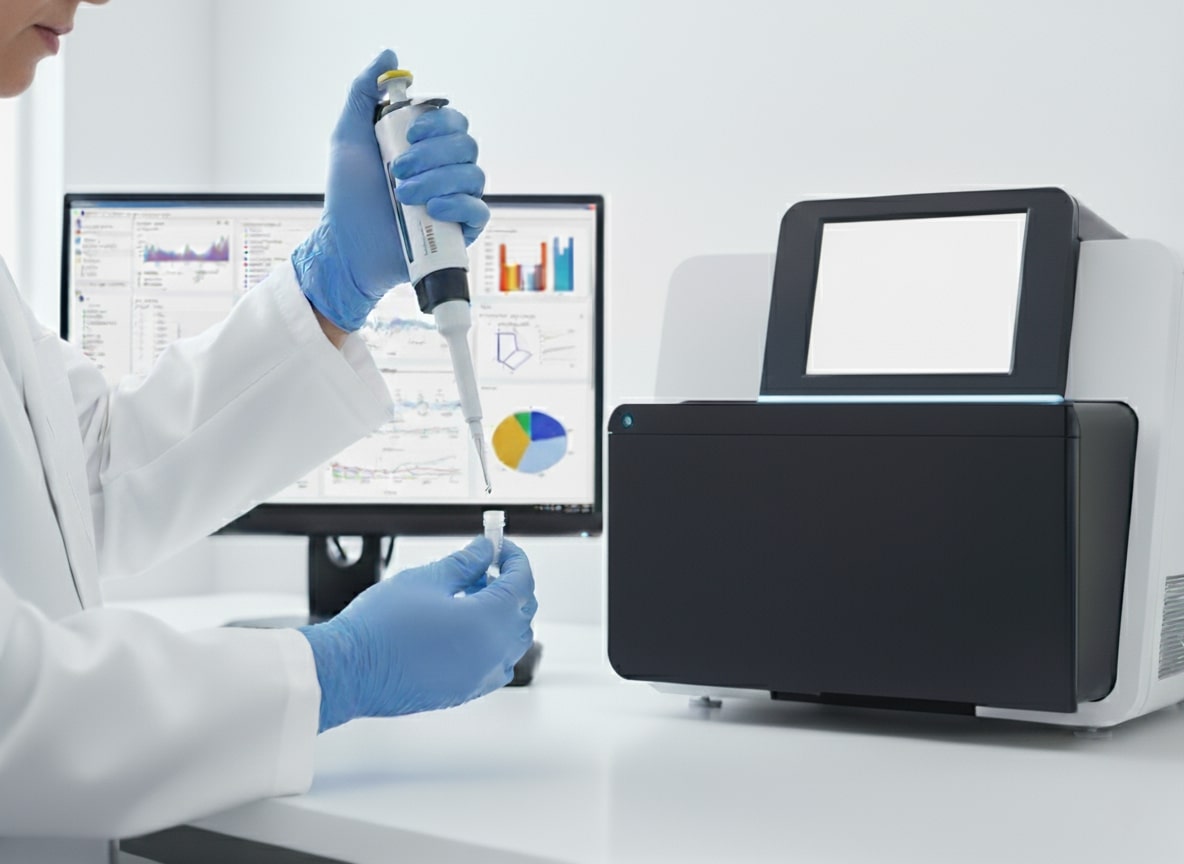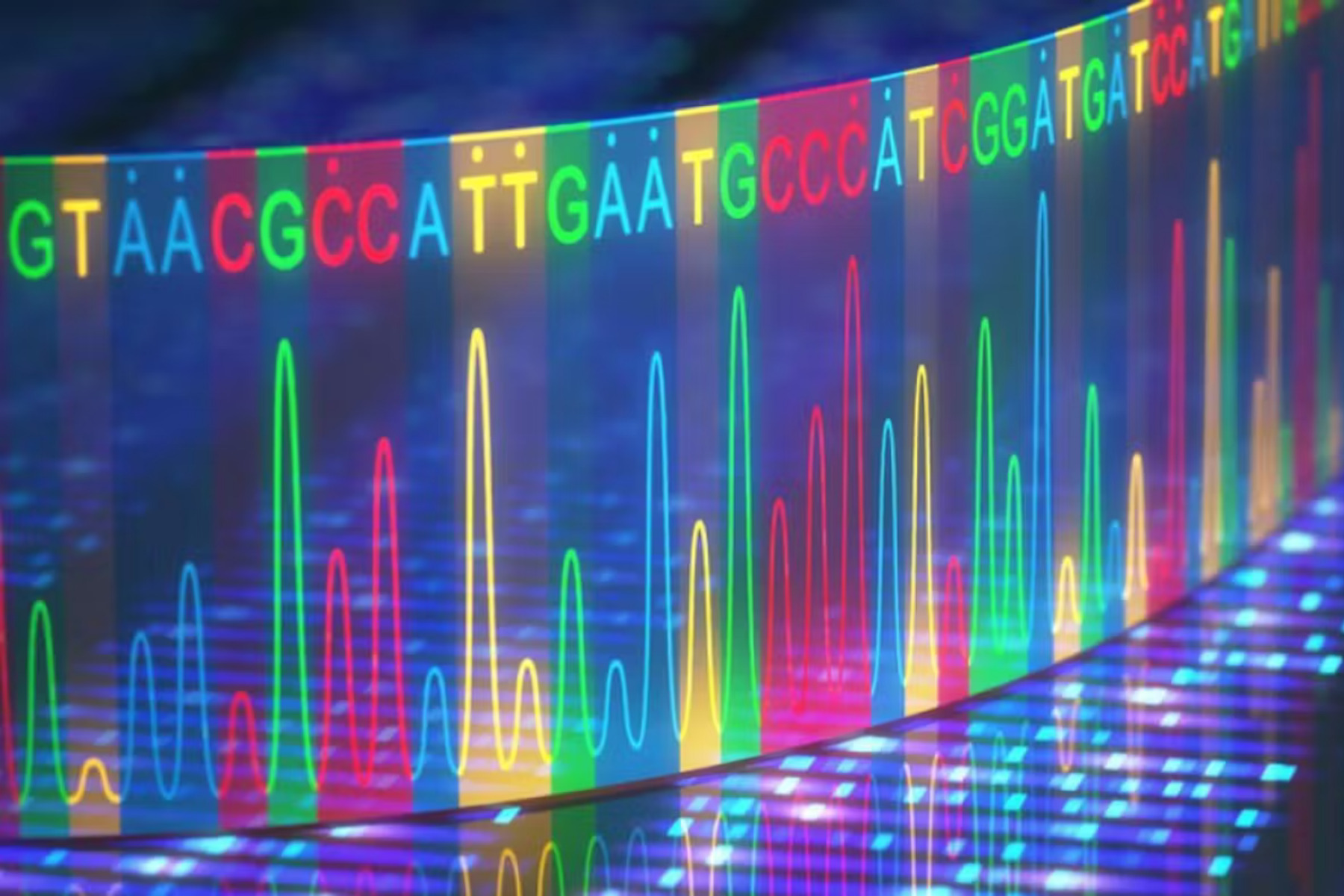Minimal Residual Disease (MRD) in Liquid Biopsies
In our last article, we explored the importance of minimal residual disease (MRD) in cancer treatment and highlighted its role in predicting relapse and guiding personalized therapy. In this follow-up, we take a closer look at the methods used to measure MRD, the meaning of MRD positivity and negativity, and how the analysis of circulating tumor DNA (ctDNA) is revolutionizing MRD detection with its non-invasive and highly sensitive approach.
How is MRD Measured?
Measuring MRD requires highly sensitive tests capable of detecting a single cancer cell among hundreds of thousands or even millions of healthy cells. The main methods include:
- Flow Cytometry: Uses fluorescent markers to detect and count cancer cells in blood or bone marrow samples. It is particularly effective for hematologic cancers (such as leukemia) and is one of the most commonly used MRD detection methods.
- Polymerase Chain Reaction (PCR): Detects specific DNA sequences found only in cancer cells, allowing the identification of tiny amounts of these cells in the blood. This test is extremely sensitive and can detect very low levels of MRD.
- Next-Generation Sequencing (NGS): Provides ultra-sensitive detection by deeply sequencing the genetic profile of cancer cells. It is effective even in solid tumors and can identify MRD at the level of a single cancer DNA molecule among a million normal DNA molecules.
MRD Positivity vs. MRD Negativity: What Do They Mean?
When a patient is tested for MRD, the results indicate whether any residual cancer cells remain after treatment. A positive result, known as MRD positivity, means that small amounts of cancer cells are still detectable. This can signal a higher risk of relapse, as the remaining cells may grow and cause the cancer to return.
On the other hand, MRD negativity is an encouraging sign. In this case, even the most sensitive tests cannot detect any remaining cancer cells. For patients with blood cancers, achieving MRD negativity is an important milestone, as studies show it is linked to longer remissions and better survival rates. Essentially, MRD negativity offers reassurance that treatment has been highly effective—though continued monitoring often remains important.
How Does ctDNA Contribute to MRD Detection?
ctDNA consists of DNA fragments shed into the bloodstream by cancer cells, either actively or through cell death. This DNA can be analyzed through a non-invasive blood test called a liquid biopsy, which helps physicians detect residual cancer after treatment. Unlike traditional methods that require bone marrow or tissue samples, ctDNA testing is less invasive, easy to repeat, and particularly effective for solid tumors. With its ability to detect even trace amounts of cancer-related DNA, ctDNA is critical for MRD identification. It offers a sensitive, patient-friendly way to track cancer presence in real time, making it highly valuable for personalized cancer care.
Conclusion
MRD refers to the tiny number of cancer cells that may remain after treatment. An MRD-positive result means some cancer cells are still present, while MRD-negative means no disease is detectable, often associated with longer remission and improved survival rates. MRD testing can guide further treatment, help monitor remission, and even detect early relapse. Common methods include flow cytometry, PCR, and NGS—all highly sensitive for detecting cancer cells among healthy ones. In many blood cancers, including leukemia, lymphomas, and myelomas, MRD testing is a crucial tool for personalizing therapy, assessing relapse risk, and improving treatment outcomes.
LIQOMICS & MRD in Liquid Biopsies
With LymphoVista, LIQOMICS offers a ctDNA-based MRD test for lymphomas, characterized by extremely high sensitivity and specificity, as well as MRD monitoring solutions for other cancer types. Learn more about our services and contact us to find out how we can support you.



